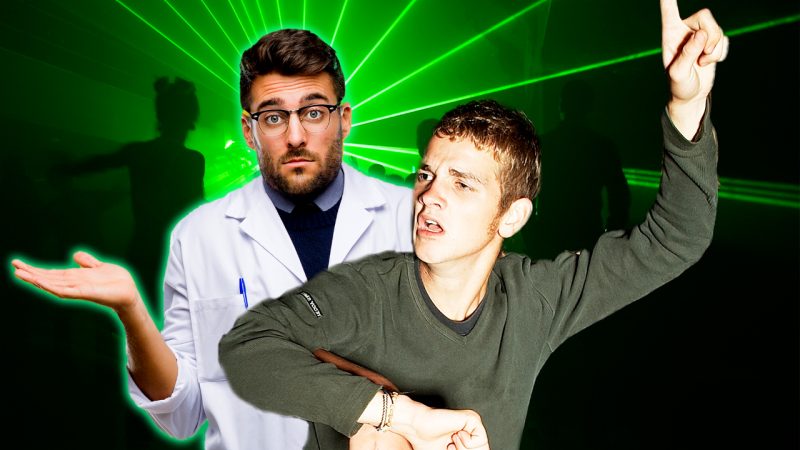We've all experienced a moment when the music takes over and your body starts to move on its own, right? Well, according to neuroscientists it’s the bone-rattling lower end of the bass that will best get you moving and grooving on a night out.
According to a recent report in the Current Biology journal, researchers discovered that very low-frequency sound (VLF) stimulates more movement from dancers even though a lot of us can't actually hear it.
“This is real-world, real electronic music dance concert, validation that the bass really does make people dance more — and this isn’t just something that comes from our conscious awareness,” neuroscientist Dr Daniel Cameron said in the journal.
Researchers asked gig-goers to wear motion-capture headbands and conducted research by switching between very low-frequency speakers intermittently every 2.5 minutes.
The scientists invited the electronic dance music group Orphx to perform at LIVELab, a concert and lab space at McMaster University in Ontario, Canada, in order to study the phenomenon.
Results from the 55-minute performance and 43 people who took part revealed that dancers moved 11.8% more on average when exposed to VLF.
By the end of the gig, 51 goers said that they felt ‘bodily sensations associated with the music when asked to fill out a questionnaire.
In a different experiment, the researchers invited keen participants to a lab where they listened to concert audio on two different sets of speakers - one with VLF and the other just ya basic.
Roughly half of the listeners were able to correctly identify the VLF speakers which is no better than a 50/50 guess.
When people hear the deep bass, they don't seem to be able to notice the change, but it still makes them move.
Although scientists can’t put their finger on exactly what makes us move, they reckon that it’s because we can feel the bass instead of hearing it, meaning that VLF forces our bodies to move subconsciously.
One theory suggests: “Musical rhythm, and the urge to move to music, is in part due to vestibular-autonomic effects.”
So the bass is having some type of weird hypnotic trance on my body?! How good!




